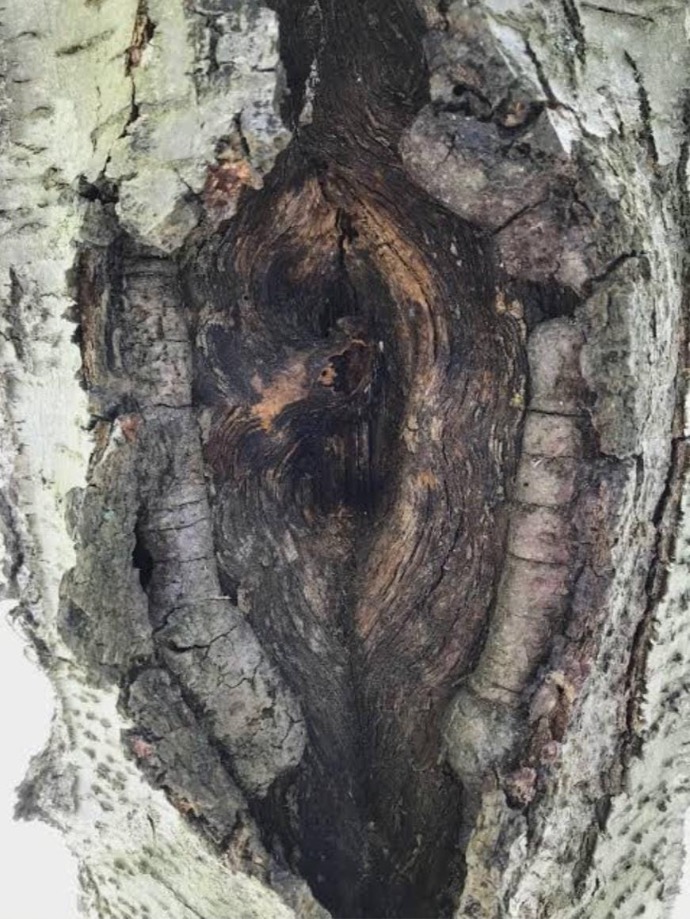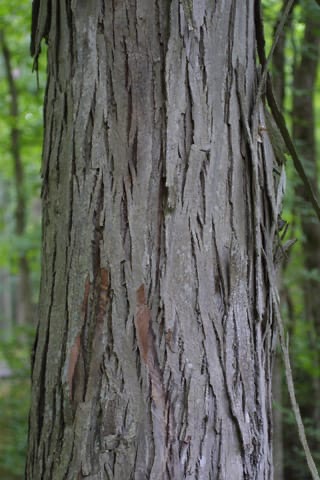Shagbark Hickory Tree
Shagbark hickory trees, 60-80 feet tall in Zones 4-9, prefer well-drained soil and full sun. The hickory nuts produced by these trees are edible and have a distinct flavor.
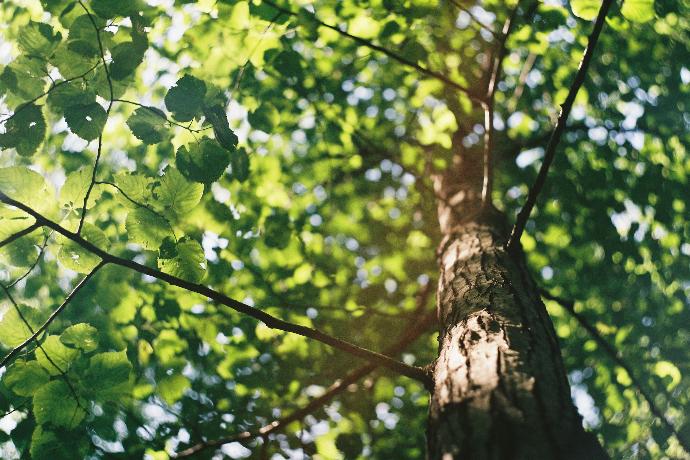
Habit
Tree
Height
12-20 m
Growth
Moderate
Soil
Well-drained loamy
Shade
Full Sun
Moisture
Moderate
Edible
Yes
Medicinal
No
Origin
North America
Climatic Condition
Temperate, Cold
Temperature (°)
-10 to 30°C
Humidity (%)
50-80%
Potting media
Peat, loam
Fertilizers
Organic, balanced NPK
Watering
Moderate
Plant Weight
500-1000 kg
Flowering Time
Spring
Soil Ph level
6.0 - 7.5
Water Ph level
6.0 - 7.5
Soil EC
1-2 dS/m
Yield Per Plant
Timber, nuts
NPK ratio
10:10:10
life Span
Perennial
Health Benefits
Edible nuts, medicinal, timber
Suggested Grow Media or Potting Mix ?
50% loam, 25% compost, 25% sand
Suggested Fertigation/Fertilizers
Fertilize every 6 weeks with a balanced fertilizer.
Common Diseases and Remedies
canker , anthracnose
dead branch stubs , reddish-brown spots on leaves
neem oil , cow urine
HEALTH BENEFITS
Nuts are rich in healthy fats, protein, and antioxidants.
Bark tea is traditionally used for respiratory issues.
Wood is used in smoking meats for added flavor and potential antimicrobial benefits.
What Is An Shagbark Hickory Tree?
Carya ovata, the shagbark hickory, is a common hickory in the Eastern United States and southeast Canada. It is a large, deciduous tree, growing well over 100 ft tall, and can live more than 350 years. The tallest measured shagbark, located in Savage Gulf, Tennessee, is over 150 ft tall.
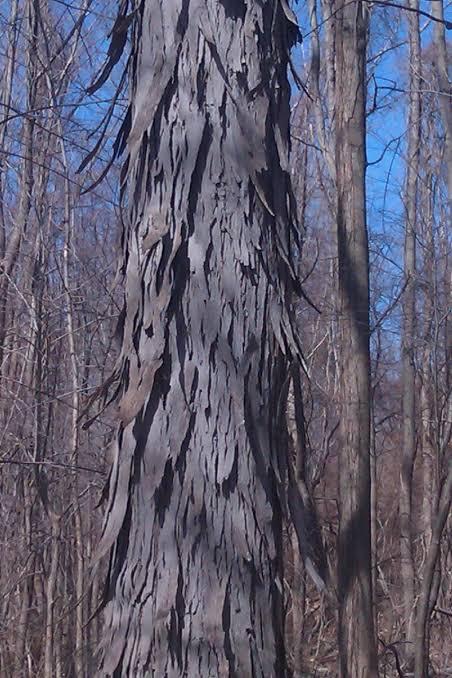
What Are The Different Types Of Areca Palm Plants?
Carya ovata (True Shagbark Hickory): This is the most common and widely recognized species of shagbark hickory, known for its shaggy bark that peels away in long strips. It produces edible nuts that are sweet and highly prized by wildlife.
Carya laciniosa (Shellbark Hickory): Similar to the true shagbark hickory, the shellbark hickory is known for its shaggy bark, though it tends to have larger, thicker shaggy plates. The nuts are also edible and have a sweet flavor.
Carya ovata 'Juglandifolia' (Kingnut Hickory): This is a cultivated variety of shagbark hickory known for its large, sweet nuts. It is often grown for its ornamental value as well.
Carya ovata 'Major' (Major Shagbark Hickory): Another cultivated variety, 'Major' is known for its large size and vigorous growth. It produces abundant, high-quality nuts.
Carya ovata 'Grainger' (Grainger Shagbark Hickory): This variety is prized for its uniform growth habit and high-quality nuts. It is a popular choice for orchards and landscaping.
Location
Shagbark hickories grow in the eastern and midwestern parts of the United States. Shagbark hickories can tolerate a range of temperatures, but they grow best on moist soils in humid climates.
Sunshine
One’s ornamental garden. It soon becomes the highlight of any place due to its gigantic and bright foliage. Originally from Madagascar, the plant loves the heat of the tropical climates with more humidity than dryness. One may grow it in large ceramic pots to accommodate the beauty that it is!
Soil
Soil Description: Well-drained, fertile soils. Sandy, Sandy Loam, Medium Loam, Clay Loam, Clay. Conditions Comments: Tough to transplant, because of a large taproot, and slow to grow. Sensitive to disturbance once established.
Hydration
Shagbark hickories can tolerate a range of temperatures, but they grow best on moist soils in humid climates. They are not found in pure stands, but instead are usually scattered throughout a forest of oaks, pines, and maples. They are sometimes planted as ornamental shade trees. Flowers emerge in mid-spring.
Nourishment
Throughout the spring and fall growing seasons, the soil needs to be kept moist but not soggy, and alternating dry and moist soil conditions will allow the Shagbark hickory to grow well.
Issues
Hickory may be bothered by leaf spot, powdery mildew and crown gall but is resistant to Verticillium wilt. Native habitat: Quebec to Minnesota, south to Texas and Georgia. Growth habit: High-branching with a straight, slender trunk and a narrow crown. Lower branches droop, upper are ascending.
Medicinal Uses of the Shagbark Hickory:
Many Native American tribes used this plant. An inner bark tea is used as a diuretic and as a purgative. It is also taken internally and externally for treating arthritis. The bark was used as a poultice for treating arthritis.
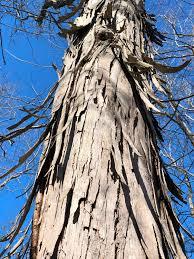
FAQs About Growing Areca Palms
What is shagbark hickory used for?
Shagbark hickory has many different uses such as the primary wood used to make stickball sticks, crafting bows, handles, firewood, smoking meats, furniture, hickory syrup and crushed kernels could be crushed and the oil extracted from them was used as cooking oil.
Hickory fruits consist of hard-shelled nuts, surrounded by a woody husk. The husk varies among species as to how easily it splits and whether the sutures are winged along part or all of their length. The nuts are edible, although they vary in size and taste.
Hickory nuts can be eaten raw, toasted, or added to various recipes. Their rich, buttery flavor and crunchy texture make them an ideal ingredient for both sweet and savory dishes. You can use hickory nuts to make nut butter, pesto, or even a unique hickory nut milk.
Are hickory nuts expensive?
The 88-year-old operates Harvey's Nut Factory, offering hickory nuts for $30 a pound. Along with selling them locally, he ships them out to customers all over the country. "The nuts are expensive, because it's hard work most people don't have time for," Ruehlow said.
Hickory nuts (Carya) and walnuts (Juglans) in the Juglandaceae family grow within an outer husk; these fruits are sometimes considered to be drupes or drupaceous nuts, rather than true botanical nuts. "Tryma" is a specialized term for such nut-like drupes.
